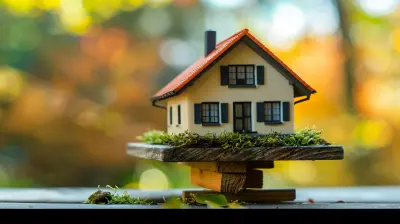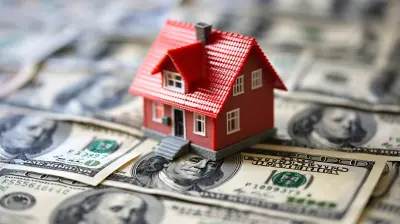Revitalizing Old Neighborhoods: The Trend of Urban Redevelopment
20 August 2025
Urban areas are constantly evolving, and one of the most exciting trends in real estate today is urban redevelopment. Cities across the world are breathing new life into old neighborhoods, transforming outdated infrastructure, and converting vacant buildings into vibrant residential and commercial spaces. But why is this happening? And what does it mean for homeowners, renters, and investors? Let’s dive into the forces driving urban redevelopment and its impact on our communities.
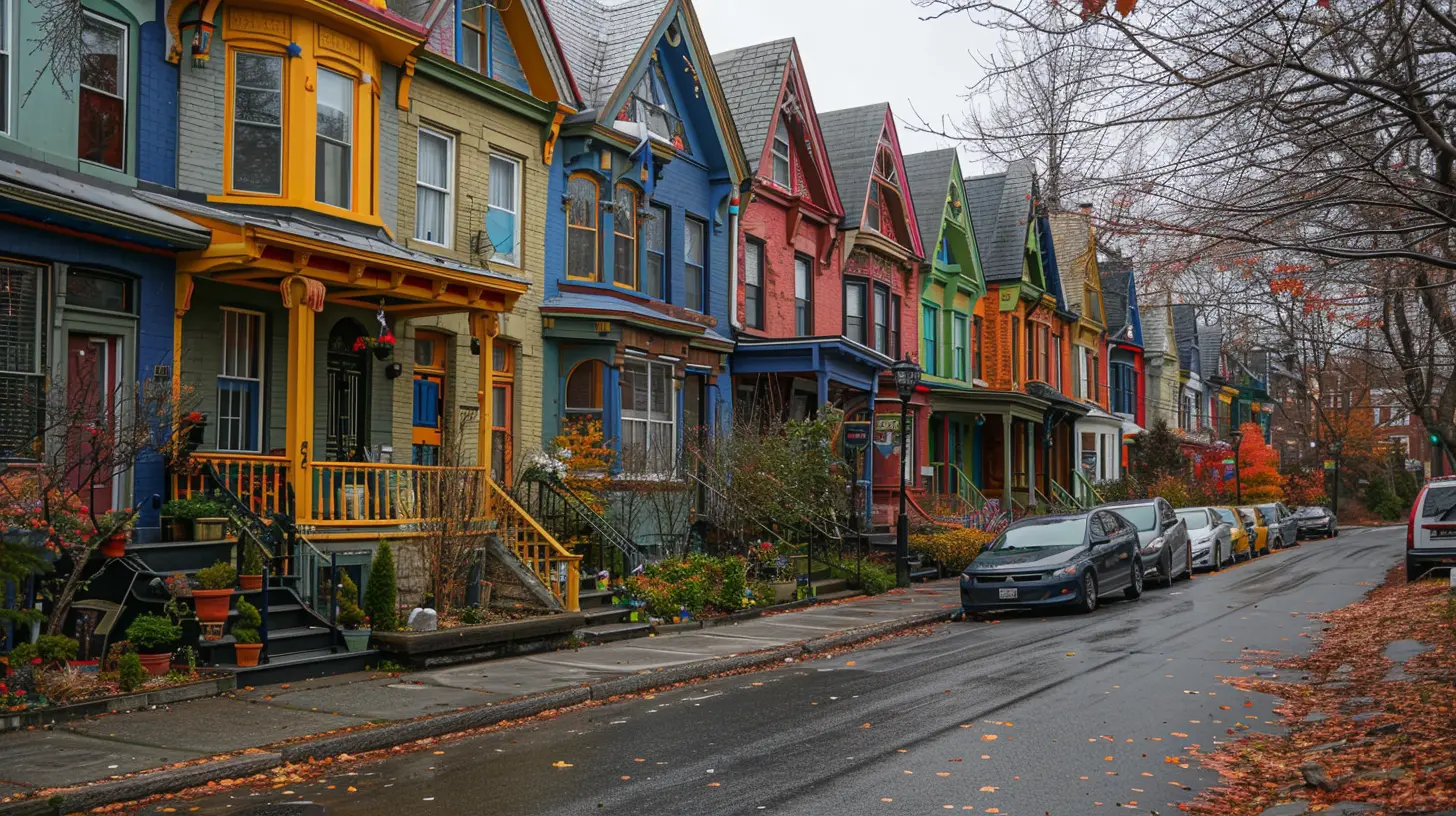
Why Urban Redevelopment is Taking Off
Urban redevelopment isn't just a passing trend—it's a necessity. Many cities have aging infrastructure, abandoned buildings, and underutilized spaces that can be turned into thriving hubs of activity. Here are some key reasons why urban redevelopment has gained momentum:1. The Demand for Walkable Communities
More people want to live in areas where they can walk to work, restaurants, and entertainment spots. Suburban sprawl is slowly losing its appeal, while city living is making a major comeback. Revitalizing old neighborhoods makes it possible to create walkable communities that attract young professionals, families, and retirees alike.2. Limited Available Land
In many major cities, there’s simply no more land to develop. Instead of expanding outward, developers are focusing on repurposing what’s already there. Older buildings, warehouses, and abandoned lots are being transformed into modern apartments, retail centers, and office spaces.3. Economic Growth & Job Creation
Investing in old neighborhoods doesn’t just improve aesthetics—it boosts the economy. Redevelopment projects create jobs, attract new businesses, and increase property values. As a result, cities can generate higher tax revenues to fund public services and infrastructure improvements.4. Sustainability Goals
Urban redevelopment plays a critical role in sustainability efforts. Rather than tearing down buildings, many projects focus on repurposing existing structures. This reduces construction waste, lowers carbon emissions, and preserves historical architecture—all while improving energy efficiency.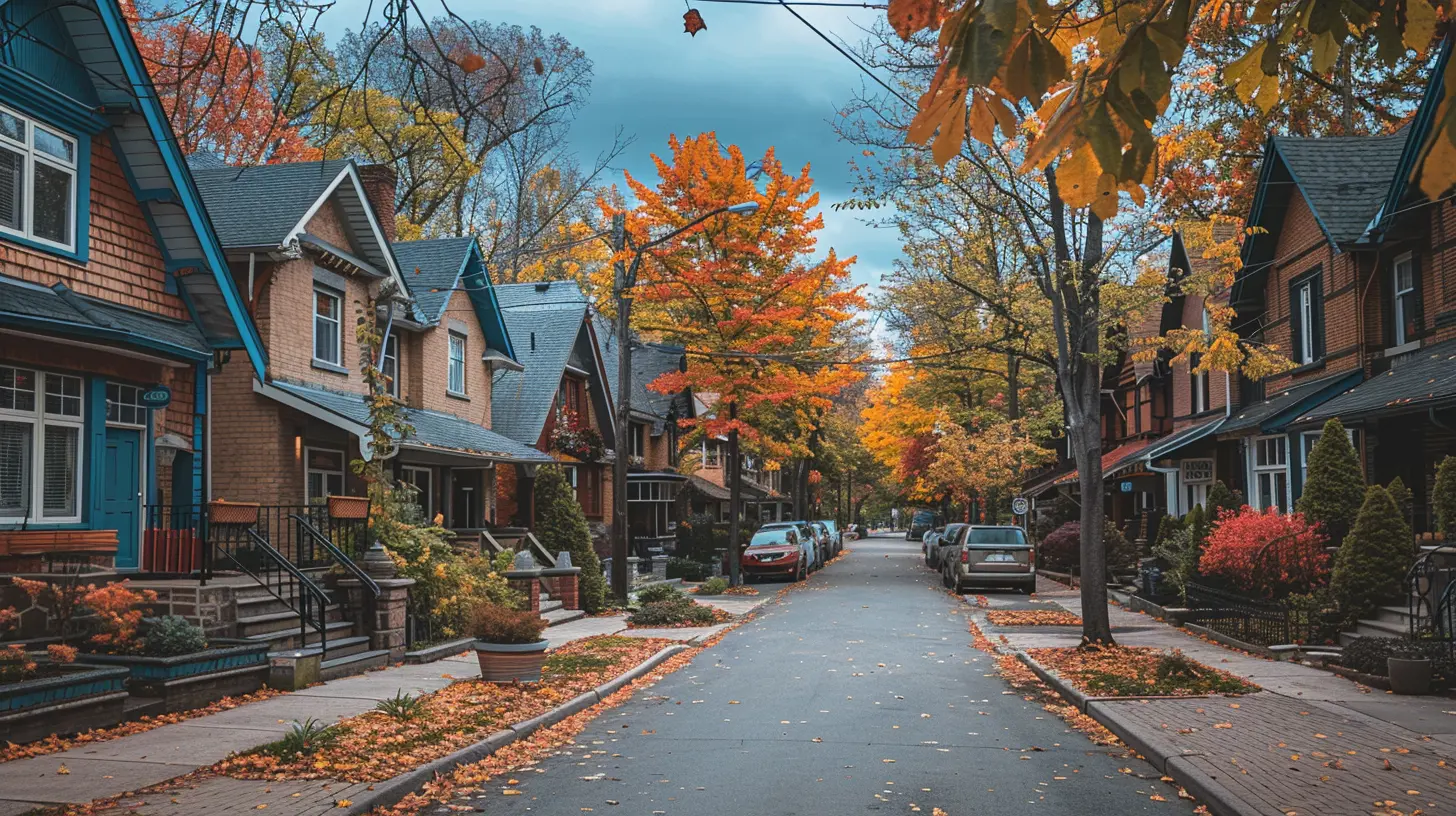
How Urban Redevelopment Transforms Communities
Urban redevelopment is about more than just new buildings; it reshapes entire communities. Let’s look at some key transformations happening in cities worldwide.1. Converting Abandoned Buildings into Modern Spaces
Old factories, warehouses, and even abandoned shopping malls are being converted into trendy loft apartments, coworking spaces, and boutique hotels. Adaptive reuse projects like these preserve a city’s architectural history while giving buildings a fresh purpose.2. Revamping Public Spaces
Parks, pedestrian-friendly streets, and public plazas are key elements of urban redevelopment. Cities are investing in green spaces, bike lanes, and waterfront revitalization projects to enhance public life and promote outdoor activities.3. Mixed-Use Developments
One of the biggest trends in urban redevelopment is mixed-use projects. These developments combine residential, commercial, and entertainment spaces in one area, making neighborhoods more dynamic and self-sufficient. Think of it as a modern-day version of a small-town main street, where everything is within walking distance.4. Affordable Housing Initiatives
Gentrification is a common concern with urban redevelopment. While new development often raises property values, it can also price out long-time residents. To combat this, many cities are integrating affordable housing initiatives into their redevelopment plans to ensure that mixed-income communities thrive.5. Infrastructure Enhancements
A major part of urban redevelopment involves improving roads, public transit, and utility systems. Upgraded infrastructure makes cities more efficient, reduces traffic congestion, and enhances residents' quality of life.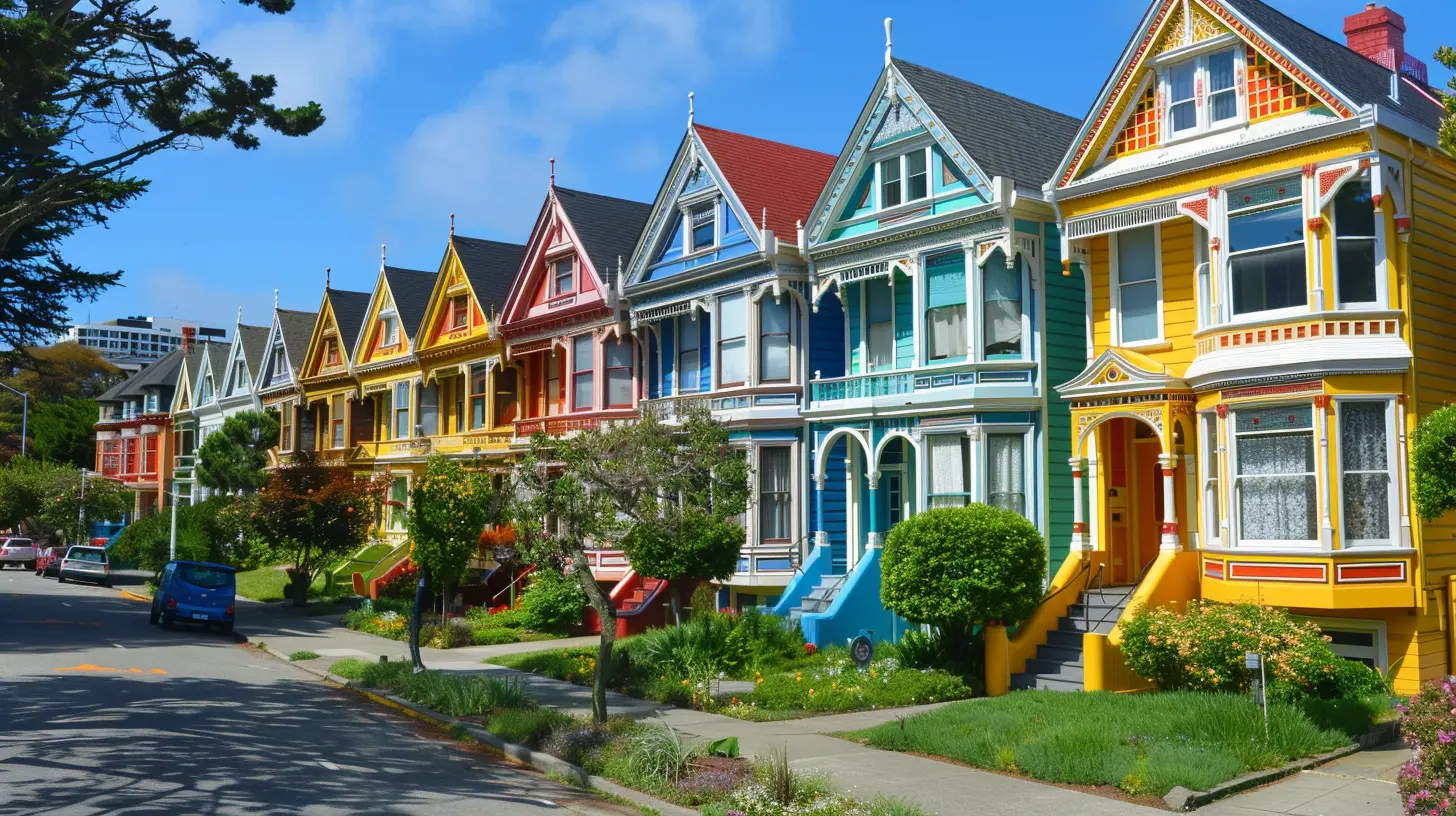
The Challenges of Urban Redevelopment
While urban redevelopment brings plenty of benefits, it also comes with challenges. Cities and developers need to strike a balance between revitalization and maintaining a neighborhood’s character.1. Gentrification & Displacement
When property values rise too quickly, longtime residents may struggle to keep up with rent and property taxes. This can push people out of the neighborhoods they’ve called home for generations. Cities need to implement policies that promote inclusivity, such as rent control and affordable housing programs.2. Balancing Historic Preservation & Modernization
Many redevelopment projects take place in historic districts, raising concerns about preserving architectural integrity. Stripping a neighborhood of its history in the name of progress is a major risk. Successful redevelopment blends modern convenience with historical charm.3. Funding & Bureaucracy
Urban redevelopment projects often require significant investment, and securing funding can be tricky. Governments, developers, and private investors must work together, navigating complex zoning laws and community approval processes.4. Community Resistance
Not everyone is on board with redevelopment. Some residents worry about changes in the neighborhood's culture, increased noise, and potential loss of community identity. Engaging the local community in redevelopment plans ensures that projects serve residents’ needs rather than just corporate interests.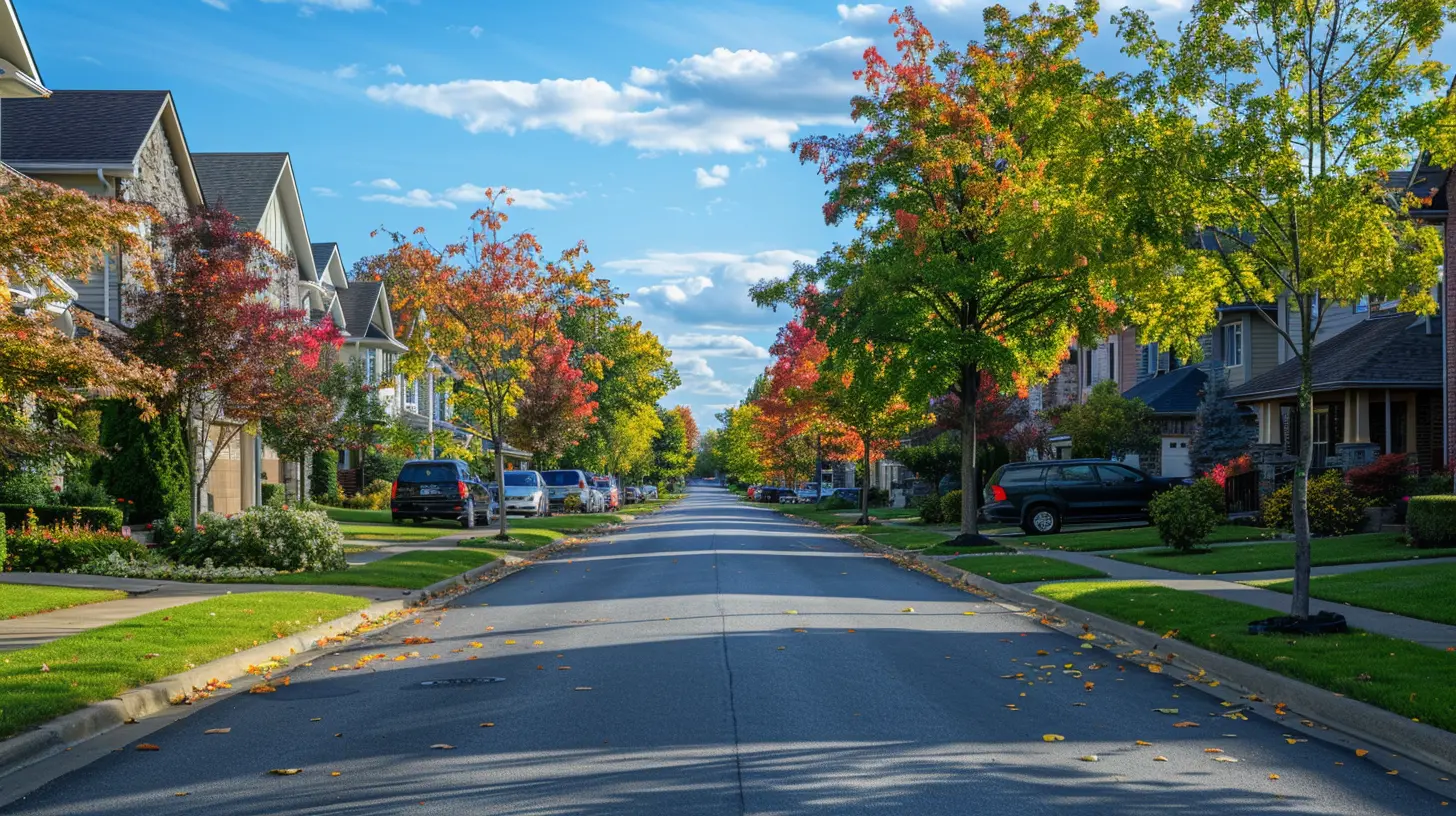
The Future of Urban Redevelopment
Urban redevelopment isn’t slowing down anytime soon. As cities continue to grow, the focus on sustainability, affordability, and smart design will shape the future of redevelopment. Here are a few trends to watch:1. Smart Cities & Tech-Driven Development
Technology is playing a more prominent role in redevelopment efforts. Smart cities are integrating AI-driven traffic management systems, energy-efficient buildings, and digital infrastructure to create connected urban environments.2. Emphasis on Green Design
Eco-friendly designs are becoming the new standard. Expect to see more green roofs, solar panels, and sustainable building materials incorporated into redevelopment projects. Cities are also prioritizing tree-lined streets and urban farming initiatives.3. Public-Private Partnerships
Collaboration between government entities and private developers will be crucial in making urban redevelopment feasible. Public-private partnerships (PPPs) are helping fund large-scale projects that benefit both residents and investors.4. Reinventing Malls & Retail Spaces
With the decline of traditional shopping malls, developers are turning these massive spaces into mixed-use developments. Malls are being transformed into residential apartments, entertainment hubs, and even office complexes.Final Thoughts
Urban redevelopment is redefining the way we live, work, and interact with our cities. By revitalizing old neighborhoods, we’re not just upgrading buildings—we’re creating more vibrant, walkable, and sustainable communities. While challenges like gentrification and historic preservation remain, thoughtful planning and community involvement can ensure that redevelopment benefits everyone.For homebuyers and investors, urban redevelopment presents exciting opportunities. Whether you’re looking for a modern living space in a historic neighborhood or considering a real estate investment in an up-and-coming area, keeping an eye on redevelopment projects could lead to promising opportunities.
As cities continue to evolve, one thing is clear: The future of real estate lies in breathing new life into the old.
all images in this post were generated using AI tools
Category:
Real Estate TrendsAuthor:

Basil Horne
Discussion
rate this article
1 comments
Melina Edwards
Transforming communities, creating brighter futures together!
September 5, 2025 at 2:54 AM

Basil Horne
Thank you! Together, we can breathe new life into our neighborhoods and foster vibrant communities.

